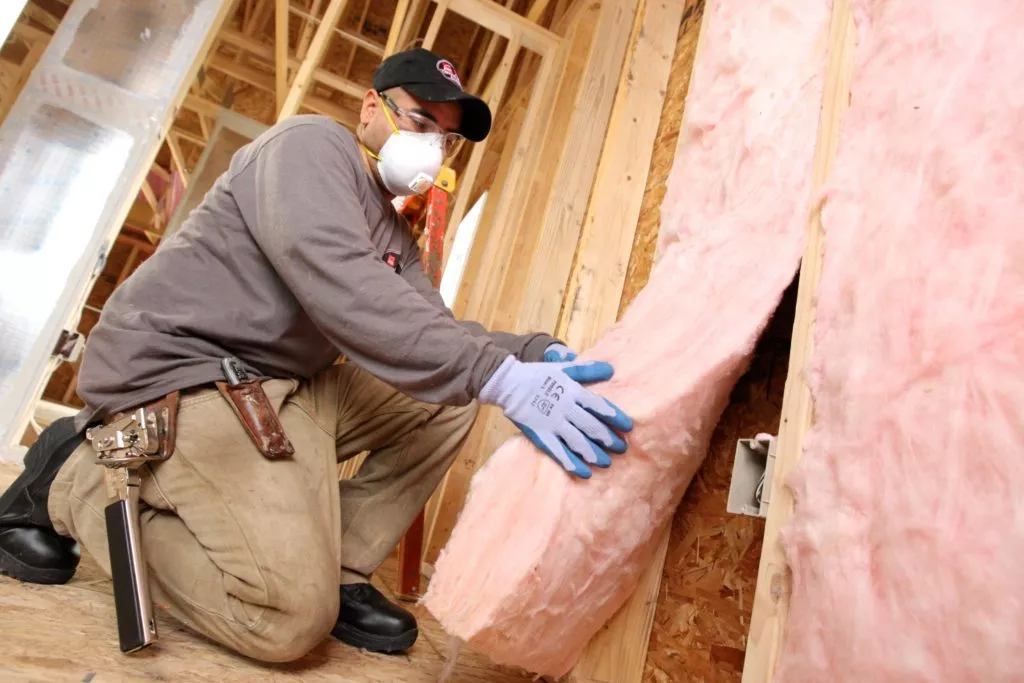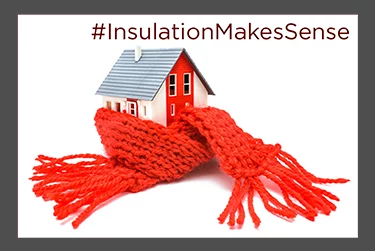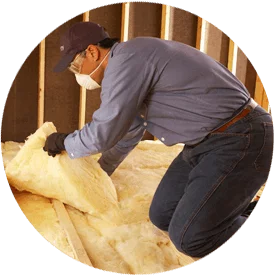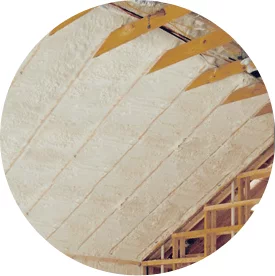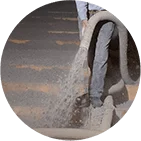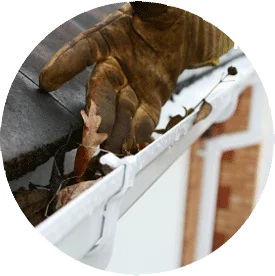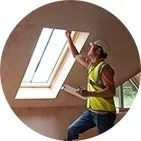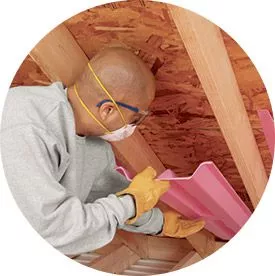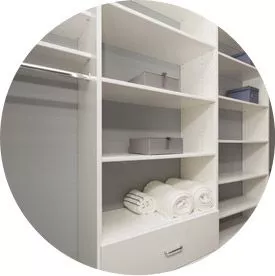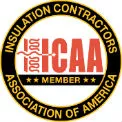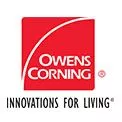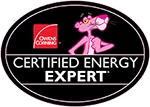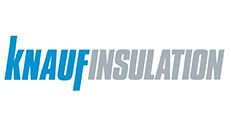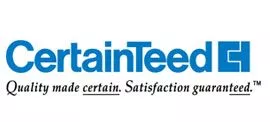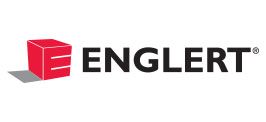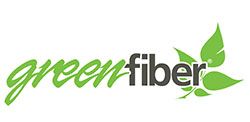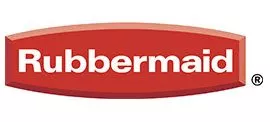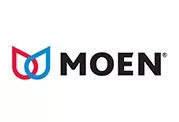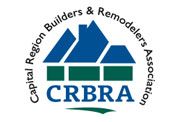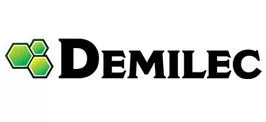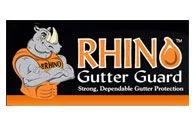Best Insulation R-Value for New York Area Homes
Sound insulation is one of the most important aspects of making sure your home stays comfortable and energy-efficient. Proper insulation with the appropriate R-value for the New York region helps maintain consistent indoor temperatures and reduces how often your central air conditioner and heater need to run. This reduces wear and tear on your HVAC system and decreases your monthly utility bills.
What Is Insulation R-Value?
R-value is a measure of the effectiveness of insulation in resisting heat flow. Higher R-values indicate better insulating performance, meaning the material is more effective at reducing heat transfer. This number is influenced by factors such as the type of material, its thickness, and its density. Professionals often refer to a “home’s envelope” when discussing energy efficiency. This term describes the physical barrier between the conditioned indoor space and the unconditioned outdoor environment, including walls, floors, ceilings, windows, and doors. Because insulation is a major component of this envelope, its R-value plays a key role in keeping warm air inside during the winter and blocking heat from entering during the summer.
It’s important to note that the recommended R-value isn’t one-size-fits-all. It varies based on your local climate and the specific area within your home. For example, attic insulation typically requires a higher R-value than insulation in walls or floors since attics are more exposed to outdoor temperatures. Using insulation with the wrong R-value can lead to several issues. In addition to higher energy costs, you might notice hot or cold spots. Insufficient insulation can also allow condensation to form, leading to moisture damage, mold growth, or deterioration of building materials over time.
How R-Value Is Calculated
R-value measures how well a material resists heat flow, and it’s influenced by both the material’s thickness and its ability to slow down heat transfer. In general, the thicker the material, the higher its R-value.
However, the type of material matters just as much. For example, fiberglass insulation typically offers an R-value between 2.2 and 4.3 per inch, depending on its density.
In contrast, rigid foam insulation, like polyisocyanurate or extruded polystyrene, can provide R-values between 4.5 and 6.5 per inch. This means a thinner layer of rigid foam can insulate as effectively as a much thicker layer of fiberglass. When manufacturers list an R-value, it’s often given per inch to make it easier to compare various insulation materials.
What Insulation R-Value Is Best for My New York Home?
New York is in Climate Zone 5, with cold winters and mild to warm summers. Based on the New York climate, here’s the recommended R-value for different parts of your home:
- Attic: R-38 to R-60 – reduces heat loss and lowers winter heating bills
- Walls: R-13 to R-21 – prevents drafts and stabilizes indoor temperatures
- Floors: R-19 to R-25 – blocks unconditioned air from basements and crawl spaces
These ranges offer a helpful starting point when selecting insulation. However, it’s wise to have a professional assess your home’s insulation needs. Factors like layout, age, and existing materials can all influence which insulation setup will perform best in your space.
Choosing the Right Insulation for Your Home’s Needs
Selecting the right insulation involves more than just checking the R-value. Your home’s architecture, budget, and whether you’re upgrading existing insulation or starting fresh all play a role. Some products are even made from recycled or renewable materials, which can reduce environmental impact without sacrificing performance. Keep the following points in mind as you evaluate your options:
- Higher R-values are essential in colder climates like New York.
- Home layout affects which insulation types are most effective.
- Balance upfront cost with long-term energy savings.
- Installation difficulty varies by material.
Request an Insulation Quote for Your New York Home
Choosing the right insulation isn’t just about picking a product off the shelf. It takes a professional eye to assess your home’s design, climate zone, and existing insulation levels.
Our team evaluates key areas like your attic, walls, and floors to determine the ideal R-values for each while also considering air leaks, moisture risks, and energy goals. We’ll help you compare materials, weigh costs, and find the most effective solution.
Schedule an appointment today with Builders Installed Products Albany for expert guidance and a custom quote from insulation professionals who understand what New York homes need.


